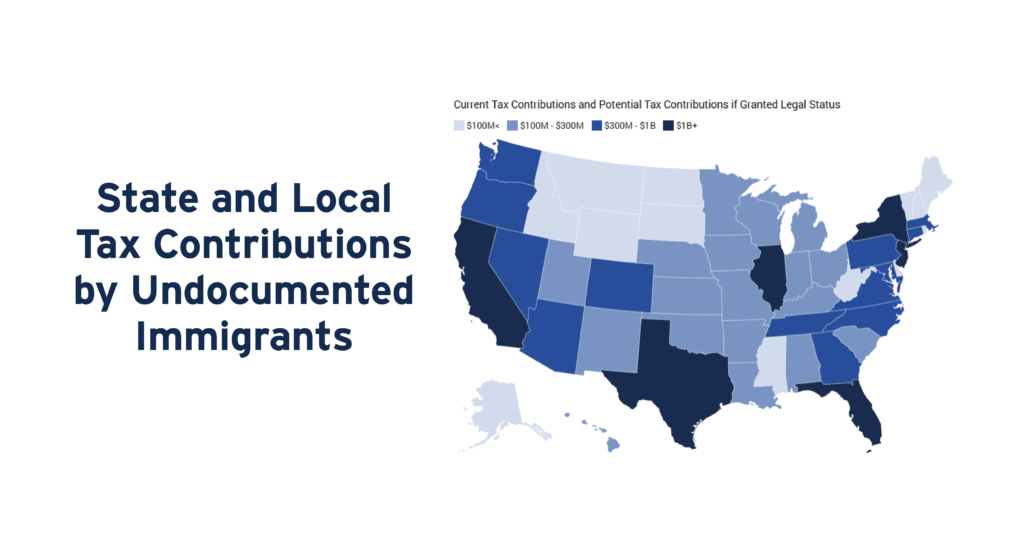This op-ed originally appeared in the Boston Globe.
What would happen if 22 percent of America’s farmworkers vanished from the workforce? Would workers from across the country flock to the cotton fields of Texas, the sugar fields of Florida, and the peanut farms of Georgia to take low-paying jobs in the blazing heat? Or would production drop; would other workers in agribusiness lose their jobs and take pay cuts as their industry declined; would prices for consumers go up and imports increase?
What would happen if 15 percent of construction workers disappeared? Would a million American workers drop everything to pour concrete and climb scaffolds to swing hammers? Or would construction decline, companies downsize, and the cost of housing go up?
What would happen if 8 percent of service workers left, including child-care providers? Are there others waiting in the wings to provide affordable child care for working parents? Or would parents have to quit their jobs to care for their children?
What would happen if 8 percent of manufacturing workers or 6 percent of transportation workers left their jobs?
If former president Donald Trump is elected president, we will find out because when he talks about “mass deportation” and proposes the “largest deportation effort in American history” it means taking out the 5 percent of the American workforce that are unauthorized immigrants — concentrated in industries where they play unique roles and are irreplaceable. We don’t, however, have to wait for a second Trump term to know what would happen. Economists have looked at past deportation efforts and calculated the impact if we did it again at the scale Trump proposes.
In the 1930s, state and local governments deported 400,000 to 500,000 people of Mexican descent, promising to create jobs for Americans during the Great Depression. What actually happened? The employment of native-born Americans dropped — and their unemployment went up. American workers ended up with worse jobs and, if anything, their wages were lower. The US workers who were hurt most were the ones whose jobs had to be cut because the businesses they worked for had to downsize because of the loss of their immigrant workforce.
Jump to 1964, when the “Bracero Exclusion” removed almost a half million Mexican farmworkers with the promise that this would improve the employment and wages of American farmworkers. Didn’t work. Instead of hiring non-immigrants, employers changed how they farmed to use fewer workers and cut back on production, making room for more imports.
Moving to 2008 — the Secure Communities program was a police-based enforcement program that deported 454,000 people from 2008 to 2015. It too did native-born US workers no favors. It resulted in a half-percent drop in their employment and a 0.6 percent fall in their hourly wages. Citizens up and down the jobs scale — from low-skilled to high-skilled — were hurt. That’s from deporting just 5 percent of our unauthorized immigrants. Mass deportation would be much worse.
Arizona didn’t “deport” anyone with its Legal Arizona Workers Act in 2008 — but it drove many unauthorized immigrants from the state. An estimated 40 percent left. The economic consequences were not good. The size of the economy was reduced by an average of 2 percent a year and employment dropped by 2.5 percent. It hurt low-skilled workers and, ironically, given Trump’s base, hit white men the hardest. Low-skilled, US-born white men had their unemployment rate bump up by 2 percentage points as a result of the exodus of unauthorized immigrants. The upshot: smaller economy, businesses hurt, jobs lost for everyone.
Whether it was the 1920s and 1930s, the 1960s, or the 2000s and 2010s, deportation has been bad for Americans. It has damaged the economy, cost jobs, boosted unemployment, and brought down wages.
Given that dismal history, it’s not surprising economists project grim outcomes from future mass deportations. Estimates of how much the economy would shrink, which vary according to what the researchers assume about the levels of deportation and other economic factors, range from 2.6 percent to 6.2 percent — roughly between $1 trillion and $2 trillion. The Bipartisan Policy Center estimates 5.7 percent shrinkage, which amounts to $1.6 trillion at 2023 levels. As in the past, US-born workers would take a hit. Removing 7.5 million undocumented workers would slash the national hours worked by 3.6 percent. Removing half of Mexican workers would increase the unemployment rate for unskilled US workers by more than 1 percent and bump up the unemployment rate for skilled US workers by more than 0.5 percent. Inflation would rise — by as much as 3 percentage points — and tax collections would go down by $100 billion a year.
Yes, economists know these things. So do most Americans. Fully 77 percent of those surveyed believe that unauthorized immigrants do jobs that citizens don’t want and aren’t going to take. Deporting them is bad for everyone.
The idea that deportation helps US citizens has always been an illusion. It’s never worked before and it wouldn’t work this time.





